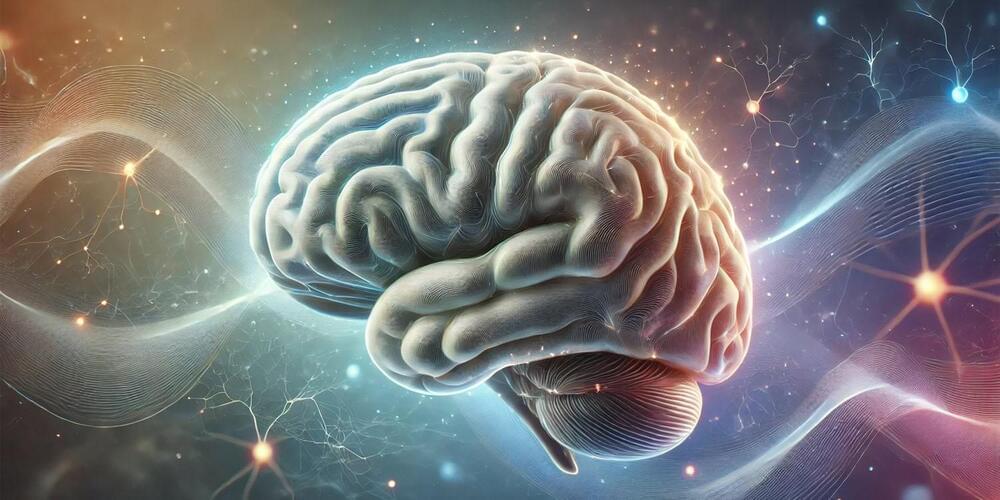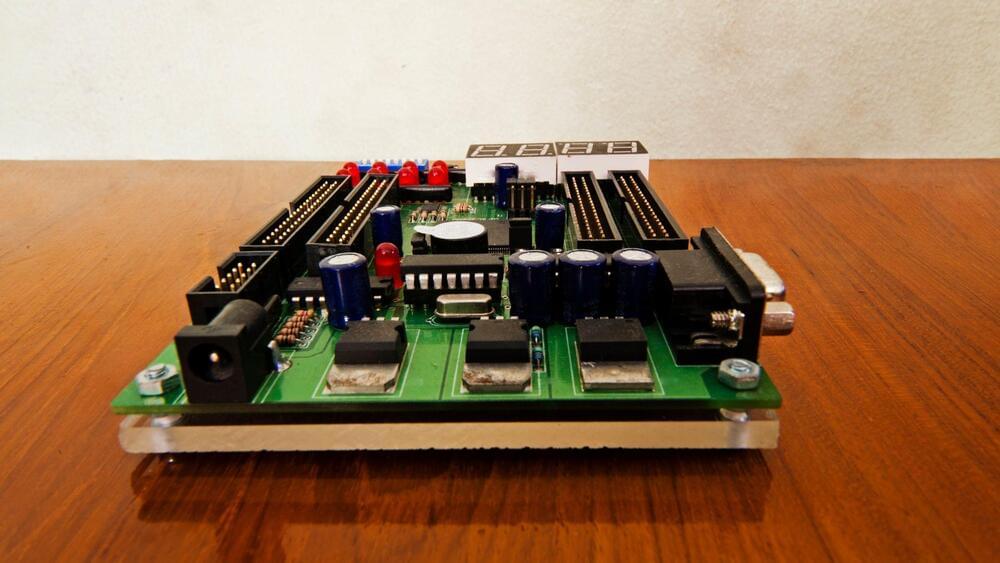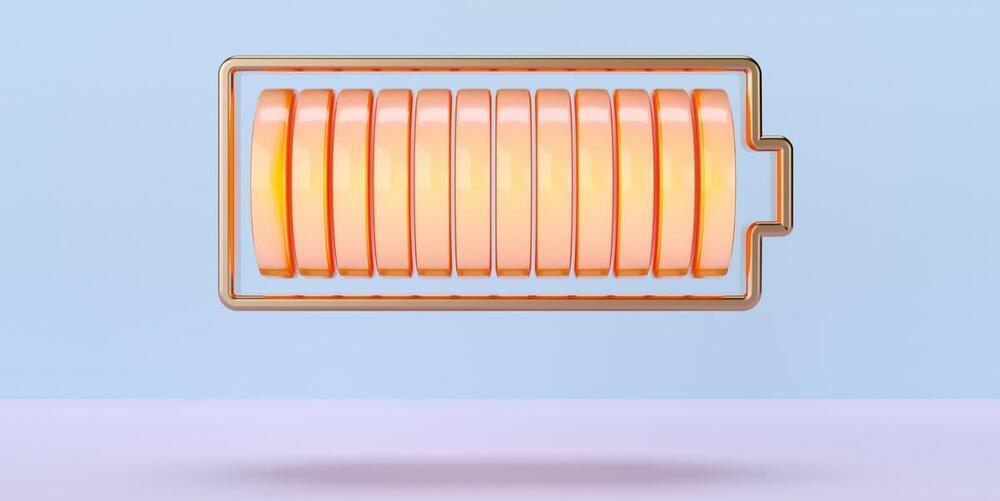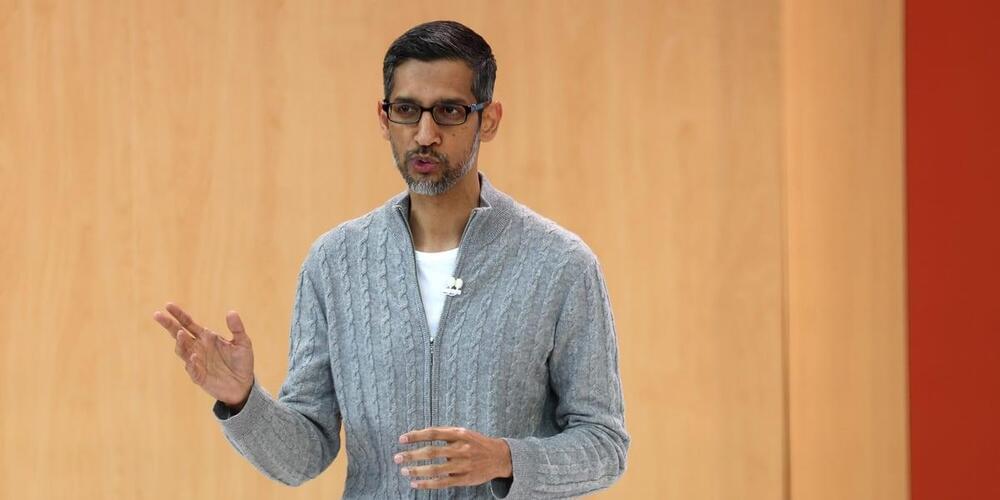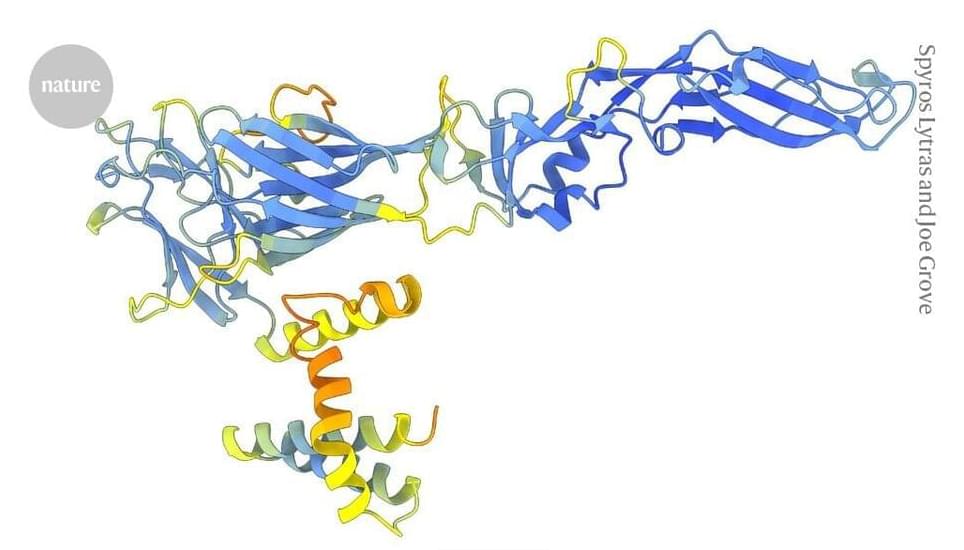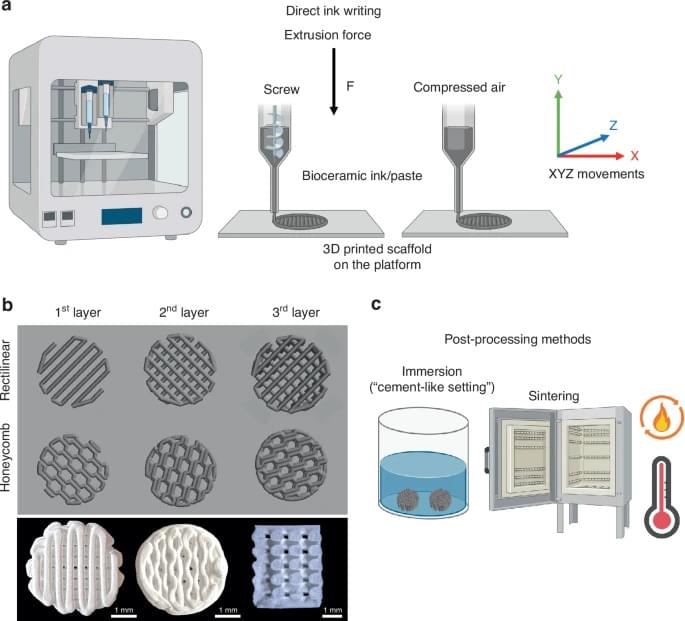Analysts are saying Europe will see a significant rise in EV sales next year, despite rocky times in 2024.
For this experiment, the researchers analyzed data from 172 individuals, including 96 with schizophrenia spectrum disorders and 76 healthy controls. Participants underwent resting-state fMRI scans, which measure spontaneous brain activity, and completed standardized neuropsychological assessments. These assessments evaluated various cognitive abilities, such as working memory, attention, and processing speed. The researchers specifically examined the connectivity between the mediodorsal thalamus and dorsolateral prefrontal cortex and analyzed how these patterns correlated with participants’ cognitive performance.
The results confirmed the findings of Experiment 1. Weaker connectivity between the mediodorsal thalamus and dorsolateral prefrontal cortex was associated with poorer performance on tasks requiring executive function, particularly in individuals with schizophrenia.
Importantly, the researchers observed that this neural connectivity was specifically predictive of working memory performance when the task involved conflicting information. This correlation was not observed in tasks without conflict, suggesting that the mediodorsal thalamus–dorsolateral prefrontal cortex network plays a critical role in managing cognitive interference. These findings reinforced the potential of this neural connectivity as a biomarker for executive dysfunction in schizophrenia.
The world’s first self-charging energy device integrates supercapacitors and solar cells for efficient solar energy capture and storage.
Breaking free from your comfort zone and facing challenges head-on can boost your growth, build resilience, and inspire those around you.
Prof Geoffrey Hinton says the technology is developing faster than he expected and needs government regulation.
A Google AI product chief says he thinks that scaling test-time compute could be a direct path to reaching artificial superintelligence.
Protein structures predicted by artificial intelligence have charted the evolution of the virus family responsible for dengue and hepatitis C.
Researchers have unveiled a groundbreaking approach to facial bone reconstruction using 3D-printed ceramic materials that can be precisely customized to each patient’s needs. The comprehensive review, published in the International Journal of Oral Science, demonstrates how advanced manufacturing techniques are transforming the treatment of complex facial bone defects.
The traditional approach of harvesting bone from elsewhere in the patient’s body – long considered the gold standard – may soon give way to these sophisticated synthetic alternatives. These new materials not only eliminate the need for a second surgical site but can also be tailored to match the intricate anatomy of facial bones.
“3D printing enables the production of personalized grafts that perfectly fit the bone defect,” explains Marco C. Bottino, one of the study’s lead researchers. The technology allows surgeons to create exact replicas of the desired bone structure based on detailed medical imaging.

